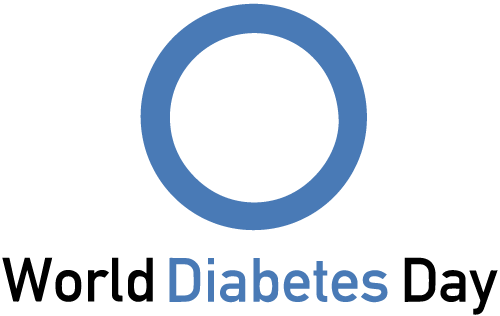HbA1c
Glycated hemoglobin (HbA1c), also called A1C, is a test measuring of the amount of glucose attached to the hemoglobin (Hb) in red blood cells. The higher the glucose levels over the previous 2-3 months, the higher the A1C.
In Pantai Premier Pathology, our HbA1c is measured by a High Performance Liquid Chromatography (HPLC) method, which is a NGSP-certified method and Gold Standard in HbA1c testing. This HPLC method is traceable to DCCT reference, providing us the true HbA1c value but not a calculated HbA1c value. The results generated by this HPLC method are free from interference by haemoglobin variants, and not affected by HbC, HbS, HbE or HbD trait.
The American Diabetes Association (ADA) recommends using HbA1c to diagnose diabetes using a NGSP-certified method of a cutoff of HbA1c ≥6.5%. Point of Care (POC) assay methods are not recommended for diagnosis.¹
Using A1c as a Screening Test for Diabetes
Measurement of glycated haemoglobin levels revealed that A1c assay showed the least variance in normal subjects compared to plasma glucose levels. OGTT is the “gold standard” for diagnosing diabetes, it is known to be poorly reproducible and is cumbersome to perform. Using A1c level to diagnose diabetes is convenient since therapeutic decisions are also based on this value, regardless of the findings of the OGTT.²
Diagnostic Values for Pre-diabetes and Type 2 Diabetes Mellitus Based on A1c²:
Normal : <5.6% (38 mmol/mol)
Pre-diabetes: 5.6-6.2% (38-44 mmol/mol)
Diabetes: ≥6.3% (45 mmol/mol)
Recommendation
Screening for diabetes using fasting plasma glucose (FPG) or A1c should be performed annually in
those with risk factors and those >30 years.²
References:
1. ADA position statement on the United kingdom prospective Diabetes Study
2. MOH. (2015).Clinical Practice Guidelines on Management of Type 2 Diabetes Mellitus (5th ed.)



